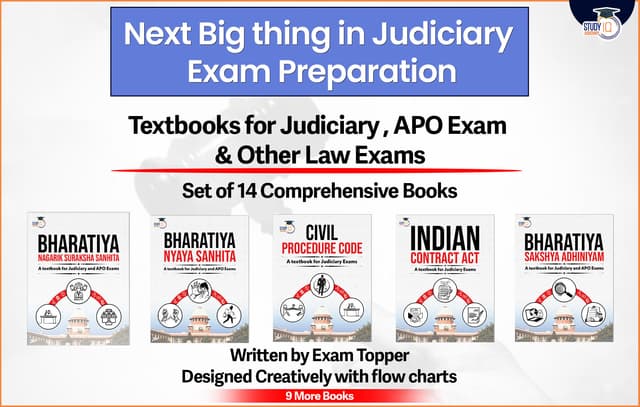Table of Contents
Context: The 2025 Global Gender Gap Report by the World Economic Forum (WEF) presents a nuanced assessment of India’s progress in gender equality. India’s gender parity score increased from 64.1% to 64.4%; however, its global ranking declined from 129th to 131st among 148 countries. This paradox underscores the disparity between advancements in specific areas and stagnation or decline in others, especially in political empowerment.

Dimensions of the Gender Gap: Understanding the Metrics
- The WEF assesses nations based on four criteria:
-
- Economic Participation and Opportunities
- Academic Achievement
- Health and Survival
- Political Empowerment
- Iceland has maintained its position at the top of the rankings for the 16th consecutive year, succeeded by Finland, Norway, the United Kingdom, and New Zealand.
- Initially launched in 2006, the WEF gender gap index monitors gender disparities across four dimensions: India’s performance is ambivalent, with advancements in education and health; however, political and economic indices detract from the overall assessment.
- The 2025 index indicates that no economy has attained complete gender parity.
- Iceland, achieving a score of 92.6 per cent, has maintained the foremost position for 16 consecutive years and is the sole economy to have eliminated over 90 per cent of its gender gap since 2022.
- India has achieved significant improvements in economic, educational, and health indicators; nonetheless, its ranking has diminished mainly due to a decrease in the political representation of women, a factor that has substantial weight in the WEF index.
Economic Participation: Small Gains, Major Gaps
- India’s gender parity score in economic participation rose from 28.6% to 29.9%, with the highest reported female labour force participation at 45.9%. This statistical enhancement conceals underlying structural deficiencies:
-
- Wage disparity and employment informality endure.
- Women predominate in low-wage, precarious, and unprotected employment, particularly within the informal economy.
- Notwithstanding digital initiatives such as Jan Dhan Yojana and MUDRA loans, one-third of women’s bank accounts remain inactive (World Bank Findex).
- Significantly, women’s unpaid labour, estimated at over ₹19 lakh crore per year (Oxfam 2020), remains unrecognised in GDP assessments, underscoring deficiencies in conventional economic frameworks.
Educational Attainment: Impressive but Disconnected
- India has nearly attained literacy parity, evidenced by an educational parity score of 97.1%.
- Girls currently slightly surpass boys in secondary enrollment and are increasingly seeking university education.
- Nevertheless, the disparity between education and employment persists significantly:
- Elevated female graduation rates do not result in workforce integration.
- Patriarchal standards, premature marriage, and insufficient career guidance impede professional progression.
- This indicates a necessity for curricular change, career mentorship, and the promotion of STEM among young girls.
Health and Survival: Gains from Policy Interventions
India has made advancements in this area due to:
- A decrease in maternal mortality exceeding 50% in the last decade.
- Favourable modifications in the sex ratio at birth and life expectancy at a healthy age.
- Effects of prominent initiatives such as Ayushman Bharat and POSHAN Abhiyan.
- Although many places exhibit a cultural preference for male offspring, public health initiatives have alleviated gender-based health disparities to some degree.
Political Empowerment: A Persistent Recession
The most pronounced regression is observed here:
- The representation of women in Parliament decreased from 14.7% to 13.8%.
- The proportion of women in cabinet positions decreased from 6.5% to 5.6%.
- This negates even the modest advancements achieved after 2019 and indicates a diminishing political resolve.
- The Women’s Reservation Act, 2023, stipulates a one-third reservation in the Lok Sabha and State Assemblies; however, its implementation is postponed until at least 2029, awaiting census and delimitation processes.
Meanwhile:
- Political parties are not constitutionally mandated to nominate women candidates.
- Women continue to be inadequately represented in candidate lists, particularly in competitive areas.
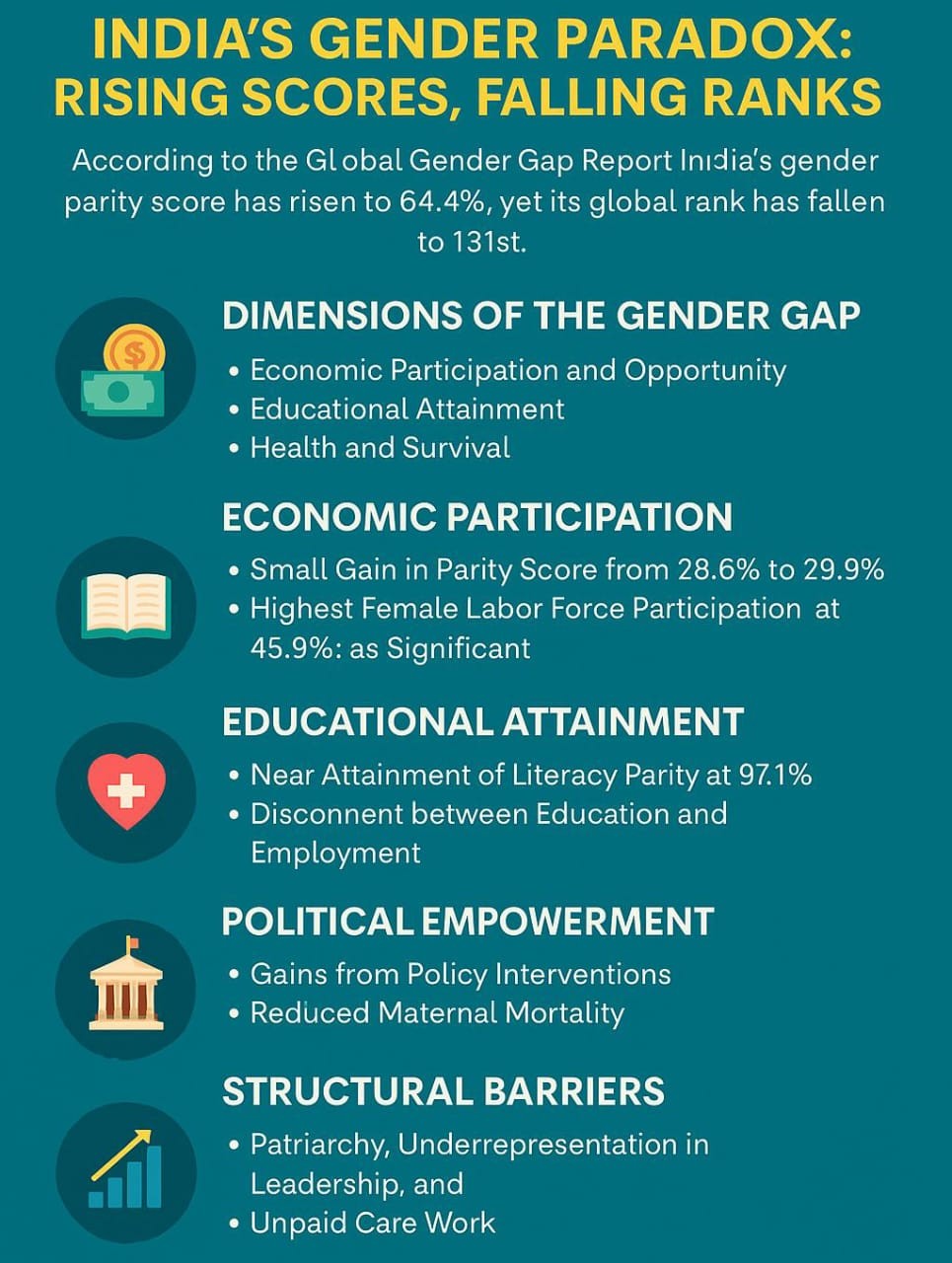
Constitutional Framework on Gender Equality
The Indian Constitution guarantees gender equality through:
- Article 14: Equality before the law.
- Article 15(1) & (3): Prohibition of discrimination and empowerment through affirmative action.
- Article 16: Equality in public employment.
- Directive Principles (Article 39): Equal pay and opportunities for men and women.
- The Women’s Reservation Act is in alignment with Article 15(3), but delayed implementation undercuts its transformative potential.
- The Indian Constitution guarantees equality for everybody, rendering gender equality an integral component of it.
- The Right to Equality is addressed in Articles 14 to 18 of the Constitution. The state is prohibited from denying equal legal rights to any citizen of India.
- It additionally forbids any discrimination based on religion, race, caste, gender, or place of birth. As gender equality is embedded within the constitutional rights of India, there is no distinct legislation addressing gender equality in the country.
- Nevertheless, the nation has implemented other statutes to guarantee women’s equality rights. Article 42 of the constitution mandates the state to ensure “reasonable working conditions and maternity assistance for women.”
- In India, further legislation promoting gender equality includes the Dowry Prohibition Act of 1961, the Hindu Succession (Amendment) Act of 2005, and the Prevention of Sexual Harassment at Workplace Act of 2013. All these measures are designed to guarantee women’s right to equality by establishing conducive conditions for their advancement and success.
- Consequently, discrimination against women is forbidden under Articles 14, 15(2), 15(3), and 16 of the Indian Constitution, which also empower the state to implement protective discrimination in their favour under appropriate circumstances. These provisions constitute a part of the Fundamental Rights under the Indian Constitution.
Government Initiatives and Recent Developments
India has launched several schemes aimed at improving gender parity:
- Beti Bachao, Beti Padhao: To prevent female foeticide and improve education.
- Ujjwala Yojana: Access to clean cooking fuel.
- Maternity Benefit (Amendment) Act, 2017: Extended paid leave to 26 weeks.
- Mahila Police Volunteers, SAKHI centres, and One-Stop Centres for women in distress.
- Digital Saksharta Abhiyan (DISHA): to promote digital literacy among rural women.
- However, the impact is uneven, often limited to surface-level access without addressing deep-seated structural biases in labour, law, and leadership.
International Comparison: South Asia and BRICS Context
- India’s performance seems troubling in comparison to:
- Nepal and Bangladesh, where grassroots political empowerment and quotas have resulted in improved gender rankings.
- BRICS counterparts such as South Africa and Brazil exhibit elevated female representation in both parliamentary and corporate board positions.
- India falls short in closing the education-employment gap, a standard that high-literacy cultures often achieve greater job participation.
Structural and Cultural Barriers: The Invisible Ceiling
Gender inequality in India is perpetuated by:
- Patriarchal conventions concerning movement, marriage, and inheritance.
- Societal norms around caregiving and household responsibilities.
- Leadership underrepresentation is apparent in both the corporate and public sectors.
- Glass ceiling (obstacles to leadership) and glass cliff (placement in precarious leadership positions).
- McKinsey projects that bridging the female employment gap might contribute $770 billion to India’s GDP by 2025.
- Nevertheless, unfulfilled potential endures due to the absence of institutional adjustments.
Bridging the Gap: A Policy Roadmap for Gender Justice
To attain genuine gender equality, India needs to implement a comprehensive societal and governmental strategy, encompassing:
- Labour Reforms: Gender-sensitive workplace practices, social protection, and the formalisation of women’s employment.
- Educational Reform: Gender sensitisation within school curricula and focused advancement of STEM jobs.
- Gender Budgeting: Institutionalise gender-responsive allocations across many sectors.
- Political Will: Implement women’s reservation in party candidate lists and accelerate the execution of the 2023 Act.
- Accessible childcare and assistance for self-help groups to empower rural women.
- Financial Inclusion: Progress from mere access to financial independence through credit literacy and entrepreneurial training.
- Gender Dashboard: Systematic data collection and disaggregated analysis to assess progress.
- Gender parity is not only a moral or constitutional necessity, but also an essential condition for inclusive growth.
- To achieve its goal of becoming a $5 trillion economy and a global power, India must use the unexploited potential of half its population.
- Empowering women economically, politically, and socially leads to thriving families, flourishing communities, and prosperous nations.
- To convert incremental advancements into enduring transformation, India must promptly tackle structural disparities, expedite legislative measures, and dedicate itself to gender-sensitive governance.
- The journey towards gender equity is extensive, yet vital for a democratic, egalitarian, and successful India.

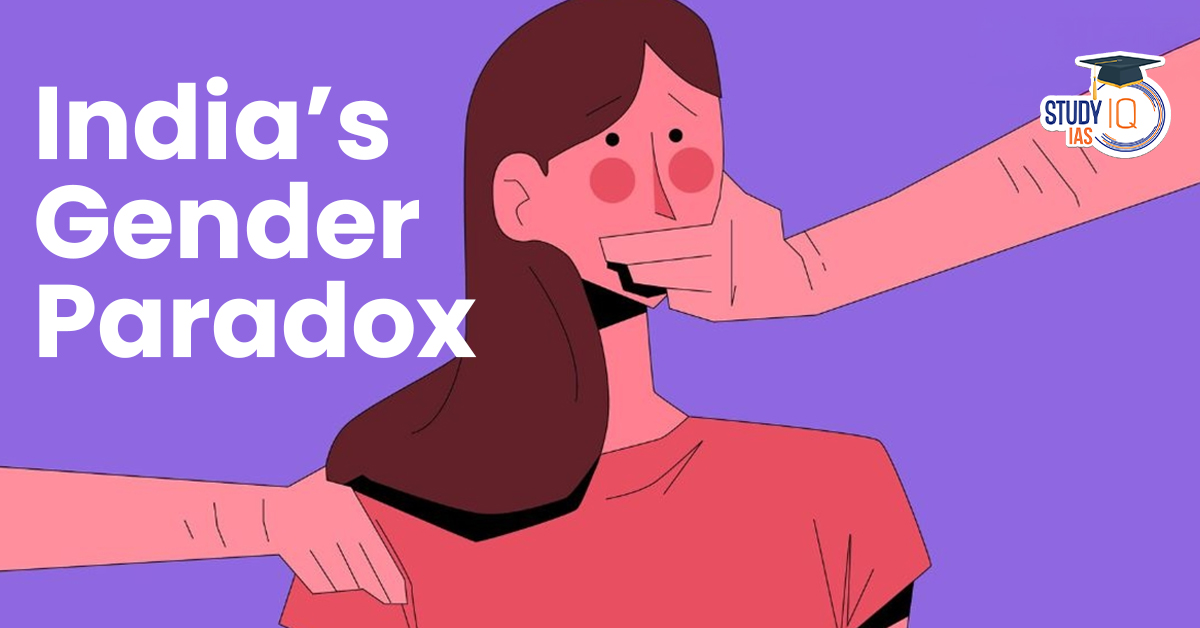
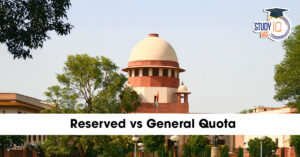 Reserved vs General Quota: Supreme Court...
Reserved vs General Quota: Supreme Court...
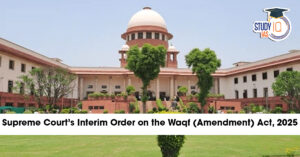 Supreme Court’s Interim Order on the W...
Supreme Court’s Interim Order on the W...






